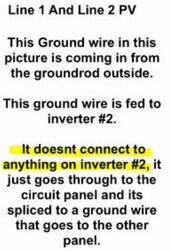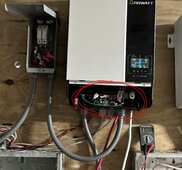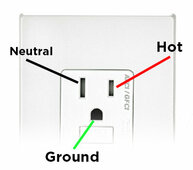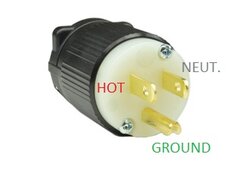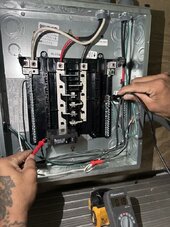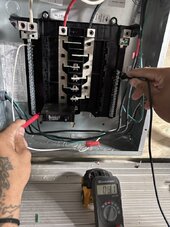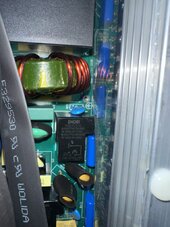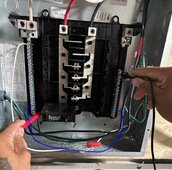If everyone reads the first post.
OP states he is reading 120V between hot and ground.
This is correct.
He says that the breaker feeding the hot was off, and he STILL reads 120V
This is wrong, and dangerous.
What OP does NOT ever state is what the child was shocked by touching.
Nor does OP say much other than with the box disconnected from the container, there is no more shock.
I would like a post stating measurement facts.
1. What meter reading is reached between Neutral, and the container wall.
2. What meter reading is read between container wall and the ground connection.
Both Volt reading, ac AND dc, and an ohm reading IF and ONLY IF the volt readings are zero.
OP states he is reading 120V between hot and ground.
This is correct.
He says that the breaker feeding the hot was off, and he STILL reads 120V
This is wrong, and dangerous.
What OP does NOT ever state is what the child was shocked by touching.
Nor does OP say much other than with the box disconnected from the container, there is no more shock.
I would like a post stating measurement facts.
1. What meter reading is reached between Neutral, and the container wall.
2. What meter reading is read between container wall and the ground connection.
Both Volt reading, ac AND dc, and an ohm reading IF and ONLY IF the volt readings are zero.



